Zac Efron’s Appearance a Few Days Ago Leaves Fans Shocked and Worried

Black holes. The most terrifying, mysterious, and fascinating objects in the Universe. Eternally hungry, they eat everything in their path and are constantly expanding. But how small and how big can a black hole be? Let’s find out. It’s not very easy for a black hole to be born. Most often they’re just a result of a massive star ending its life cycle. If you take a star and squeeze it very, very hard, at some point it cannot withstand the pressure anymore. So it collapses and turns into a black hole.
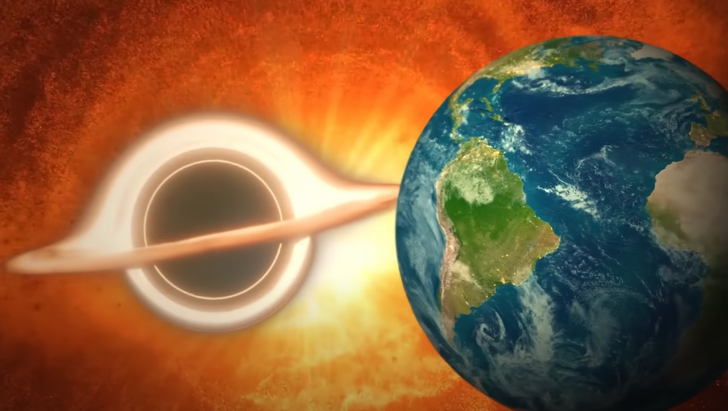
For example, we can create a black hole by shrinking the Sun to about 1.8 miles. Or squeezing the Earth to the size of a pea. Either way, in the end, we get a mysterious, dark object with INCREDIBLE mass and gravity. Unlike stars and planets, black holes have no size restrictions. They grow when they eat the matter around them. But how much does their size vary? For example, can they be... very small? Theoretically, yes. There may be black holes with a diameter of 1 atom or even less. They’re called primordial black holes. They may or may not exist. And if they do, they’re probably the oldest objects in the Universe — older than the atoms themselves!
They would’ve formed right after the Big Bang. A long time ago, when the Universe still had an incredible density, a HUGE amount of energy, and in general was like a boiling broth... Any particle that was slightly denser than its neighbors could form a black hole. And the smallest of them would still weigh trillions of pounds! Those that were the size of atoms would weigh as much as a big mountain. And those that would weigh as much as the Earth could be a little bigger than a coin! But even if they exist, they’re pretty harmless. The temperature in them would be many times hotter than in our Sun, so they would evaporate pretty quickly after their birth.
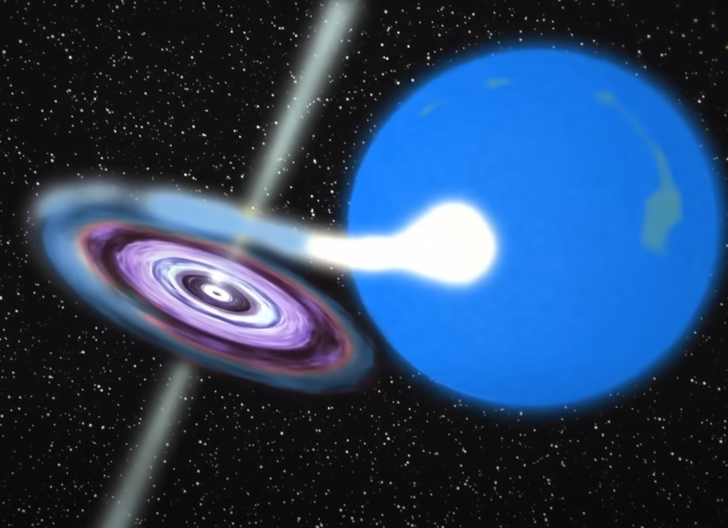
Now, let’s check out the black holes we know and saw. The first ones are called stellar black holes. Usually, they weigh tens of solar masses. Which doesn’t seem much... Until you remember that the Sun weighs NONILLIONS of pounds. Don’t even try to imagine this number — it has 30 zeros! The smallest black hole known to us is about 2-4 times heavier than the Sun. It’s a lonely hole that wanders through space in search of prey. The one that’s closest to us is called Gaia BH1. It weighs about 10 times more than the Sun and can reach about many miles in size. And the farthest one is called M33 X-7. It’s somewhere 3 million light-years away from us, and right now it’s eating a blue giant that’s several times bigger than our Sun!
Now, let’s move to the so-called “intermediate-mass black holes”. You see, just eating a few stars isn’t enough. To become larger in size, black holes must either absorb A LOT of stars or — more often — merge with another black hole. One of the first intermediate-mass black holes that we found was born this way. It weighs 142 times more than the Sun! It’s even larger than some counties on Earth! Recently we discovered 2 black holes in a galaxy 17 billion light-years away from us. One day they’ll merge, but right now these guys are spinning around each other in a crazy dance. And while doing that, they release a crazy amount of energy! It may sound scary, but it’s nothing compared to what comes next. Let’s move to some SERIOUS stuff. Supermassive black holes. Giant, inexplicable monsters that are millions, BILLIONS of times bigger and heavier than our Sun.
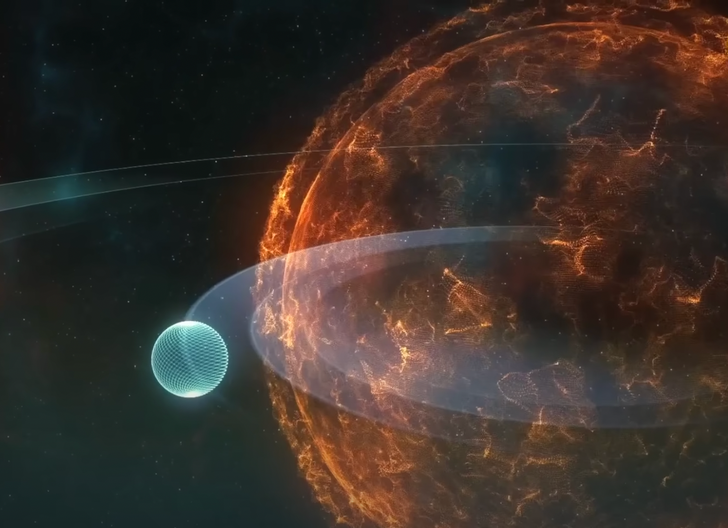
But... How did they become so huge? The universe is about 14 billion years old. The black holes grow very slowly, so they couldn’t have time to eat so much matter or merge with each other so quickly! So maybe... They were also born from the stars? But very, VERY big ones. Quasi-stars. To imagine their scale... Let’s take, for example, the red supergiant Stephenson 2-18. Compared to this star, our Sun is just a grain of sand, even smaller. And Stephenson 2-18 would be a grain of sand next to a quasi-star. We don’t know if they really existed though. They could have formed after the birth of the universe. They could be so big that their core collapsed under their own weight before they even formed! And if that’s the case, a small black hole would have appeared in the center of this quasi-star.
Now, the frenzied gravity of the black hole held the star together and ate it at the same time. The temperatures were huge, so the star remained stable... And they would live like this for millions of years until the black hole would grow to ENORMOUS sizes. Most supermassive black holes are located in the centers of galaxies. You might think that our galaxies orbit around them, as we do around the Sun. And that one day we will inevitably all be dragged inside it... But don’t worry, that’s not the case. Although these guys are incredibly massive, they’re not very large in diameter. They can’t swallow entire galaxies. For example, in the center of our Milky Way, there’s a black hole called Sagittarius A. It has 4 million solar masses, but it’s still quite small in size — only 17 times larger than the Sun.
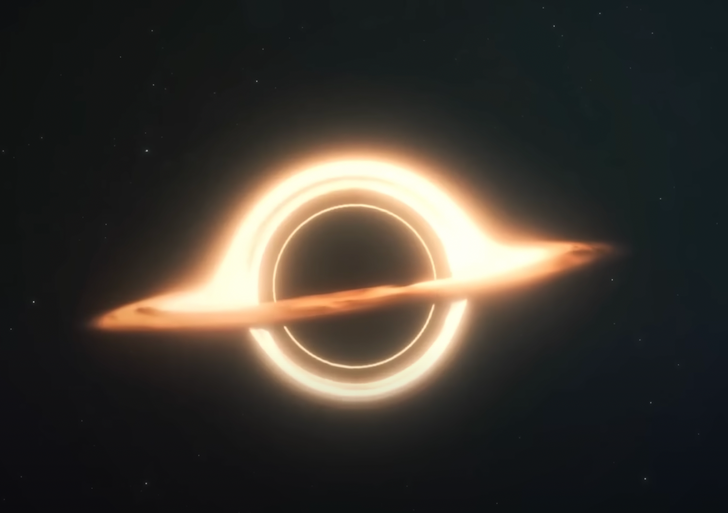
And yes, it’s considered “small”. If we had replaced the Sun with this black hole, it wouldn’t even have reached the orbit of Mercury. Sagittarius A is actually pretty nice and calm. Yes, it still swallows giant stars... But it’s definitely not a threat to us. But not all of them are like that. For example, a black hole in the galaxy BL Lacertae devours a HUGE amount of gas and dust. If we were somewhere near it, it would look 115 times larger than the Sun, and we would have burned up just getting close to it! Do you remember that first black hole we ever captured in a photograph? It’s located in the Messier 87 galaxy. And it may look small and cute in the photo, but in reality, it’s capable of absorbing our ENTIRE Solar System up to the Orion belt, and even further!
Well, now that we’ve discussed the terrifying size of supermassive black holes... It’s time to move on to the REAL titans of the universe. Ultramassive black holes. Terrifying, unimaginable giants. The largest objects that have ever existed, and probably will exist in our world. Their masses exceed the mass of the Sun by tens of billions of times. Their gravity becomes so strong that they create quasars around them — disks that shine brighter than thousands of galaxies combined. Remember, we talked about the fact that supermassive black holes aren’t able to eat galaxies? Well... these guys devour not only their host galaxies but literally EVERYTHING on their path.
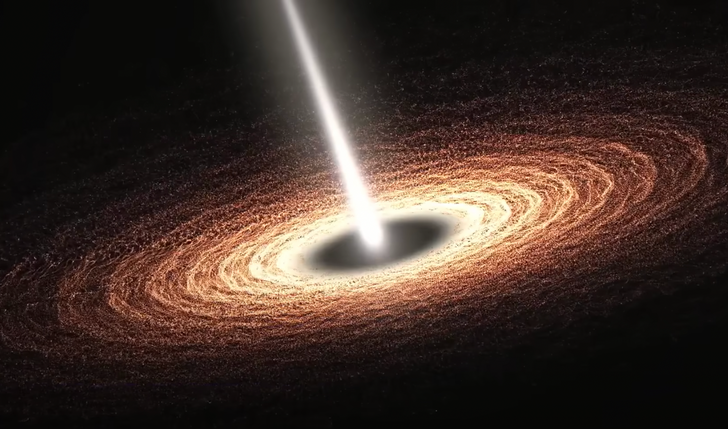
The ultramassive black hole at the center of the galaxy OJ 287 has 18 billion solar masses. It’s so gigantic that it has ANOTHER BLACK HOLE orbiting it. It would also easily fit not one but three Solar systems inside of it! And now, finally, we’ve come to the LARGEST object in the entire universe. TON 618. The almighty destroyer of worlds. A black hole that has eaten far more than one galaxy. Its mass exceeds 66 billion solar masses, and it could fit 11 Solar systems inside of it. The quasar around TON 618 shines brighter than 100 trillion stars. Its light is so powerful that it has even reached us, even though we’re at a distance of 18 billion light-years from it. And the creepiest part is... This isn’t even its true size. This is what it looked like around 10 billion years ago. Since TON 618 is so far away, its light reaches us for a very long time. That means, what we see is how this black hole looked after the universe was born. But what does it look like now? We have no idea. But it’s probably millions, billions of times bigger.











